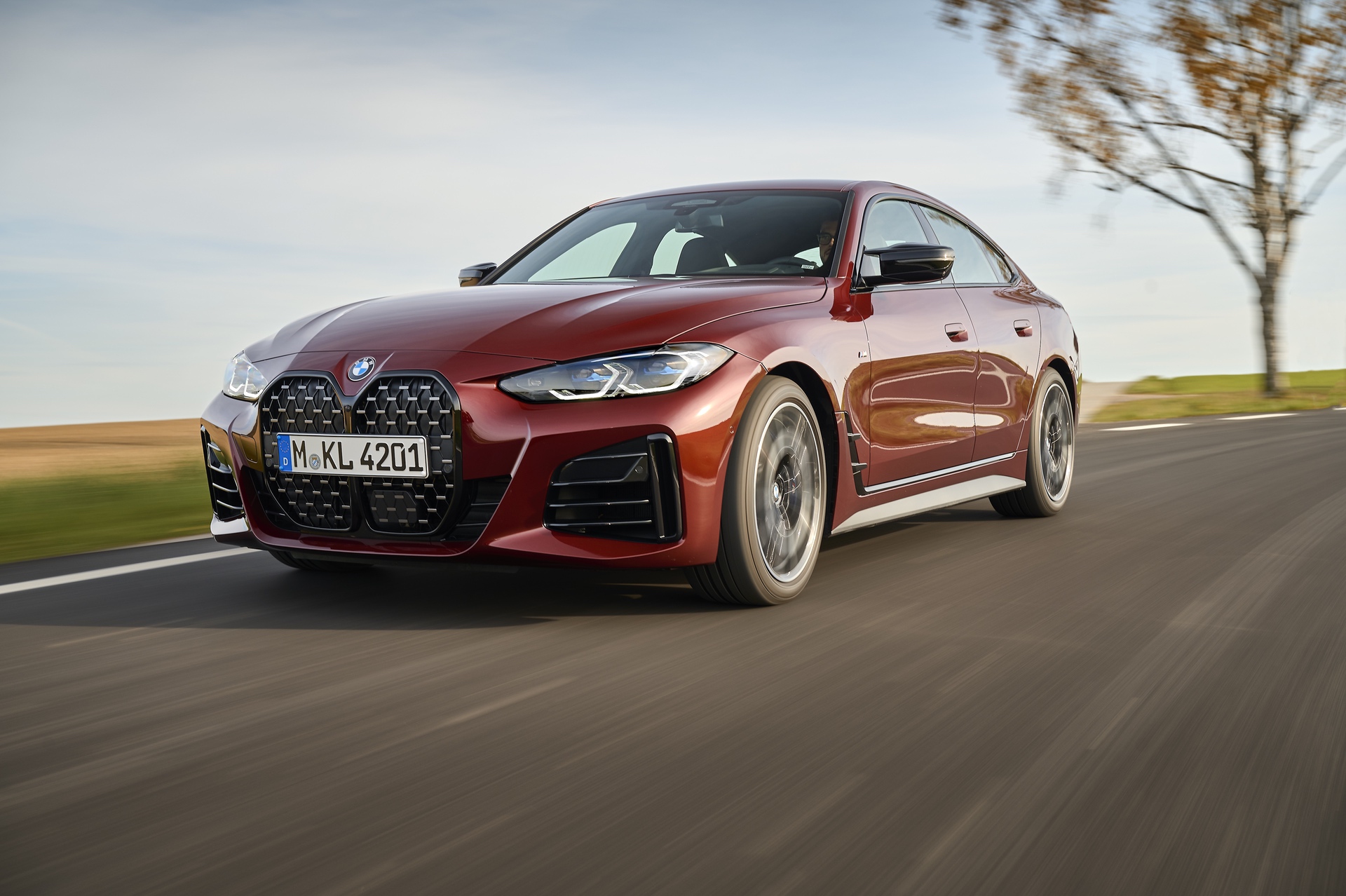It’s a terrible time to buy a car, regardless of whether it’s new or used. The microchip shortage has disrupted the automotive industry, wreaking havoc among car manufacturers due to missing semiconductors while generating a lot of frustrations among buyers looking for a new set of wheels. Inventories are thin, and the few cars you will find on a dealer’s lot cost a lot more than they did a few years ago.
Since new vehicles are harder and harder to find, some people have decided to give up and just buy used, which has consequently increased demand. Needless to say, sellers are now taking advantage of the situation and are bumping the asking prices to maximize their profits. If you’d rather stick to a brand new car, there’s another issue you are going to face – rising destination charges.
A recent study conducted by Edmunds shows the industry average has gone up by 12% from the 2017 model year to $1,220 for the current MY. In addition, buying a Jeep Wagoneer or the larger BMW X7-rivaling Grand Wagoneer will command a whopping $2,000 premium, just for these fees alone. Silver lining? The BMW is only asking $995 regardless of whether you’re buying something small like an X1 or a behemoth such as the X7.

The vast majority of automakers have been gradually increasing their destination fees in the last several years, with the only exception (aside from BMW) being Volkswagen as it’s now asking 0.3% less than it did for the 2017MY. However, at $1,220, it’s still considerably more than what the Bavarians are charging you for one of their cars.
The worst offenders would have to be Ford and Porsche as they’re now charging 29% more for a 2021MY car while Nissan is up next with an increase of 24%, followed by Honda and Hyundai / Kia with 23%. These destination fees are somewhat of a mystery since manufacturers don’t explain how the extra costs are calculated, though in many cases it’s related to the vehicle’s size and production location. In some rare cases, car companies admit they may make a profit from the destination charge.
There’s also an issue with the additional fees not being clearly visible as they’re usually represented by an asterisk next to the MSRP or a footnote at the very bottom of a website. Some automakers such as Stellantis, General Motors, and Ford have been sued because of this. Consumer Reports argues companies should be completely transparent and include the destination charges in the car’s advertised price.
[Source: Automotive News]





































































